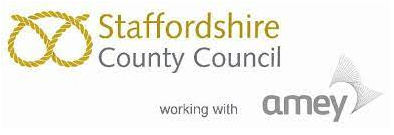MTS Environmental are currently conducting a total petroleum hydrocarbon (TPH) coring project in collaboration with Amey and Staffordshire Highways Labs consisting of testing tar bound materials from road coring projects in Sheffield and Staffordshire. These coring projects are routinely done to support the redevelopment of roads. Cores from failing roads have been taken and tested by MTS using the QED analyser, this analysis gives a quantitative result as opposed to the traditional PAK marker testing.
PAK markers are a good visual test to quickly identify the presence of tar in material, if a yellow colour appears when sprayed on the core then it suggests the presence of benzo(a)pyrene and potentially hazardous material. However, PAK markers are only qualitative and often do not give definitive results. QED testing has been used alongside PAK markers on coring projects, as it gives quantitative results. The cores can be separated into layers corresponding with the layers of the road. Each layer in the road can be tested and a value for the percentage of coal tar and benzo(a)pyrene in the sample is achieved. This allows the roads to be analysed in greater depths and gives more reliable results.
Each layer in the road at each coring location can then be classed as hazardous or non-hazardous. This allows the full length of the road to be analysed and if specific layers are found to be non-hazardous then there is the opportunity for the road to be micro planed. The layers which are found to be non-hazardous can be separated from the other layers and reused in other utilities or road projects. The layers which are found to be hazardous can then be sent to an appropriate facility for treatment.
If PAK marker is the only test on the cores, then it does not allow for separation of the layers and so if any hazardous material is found then the entire road material is sent as hazardous. With QED analysis, the layers of the road can be separated so that any non-hazardous layers can be reused and recycled in order to improve the sustainability of road redevelopment as well as reduce costs for companies by reducing the amount of material sent as hazardous to appropriate facilities.
